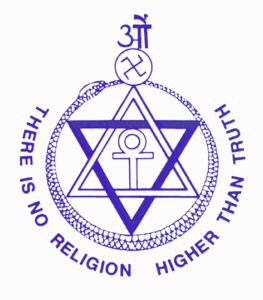Edward Sellon and the Cannibal Club: Anthropology Erotica Empire – VI
In the third installment of this series, I examined the erotic writings of Edward Sellon. Now I will turn to his “anthropological” work – the two lectures delivered to the Anthropological Society of London (ASL) – Linga Puja: On the Phallic Worship of India and Some Remarks on Indian Gnosticism, or Sacti Puja, the Worship of the Female Powers and follow through with a look at some other works dealing with Phallic worship from the ASL.
Continue reading »
